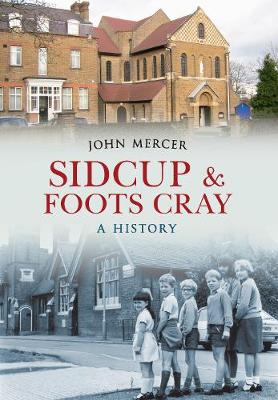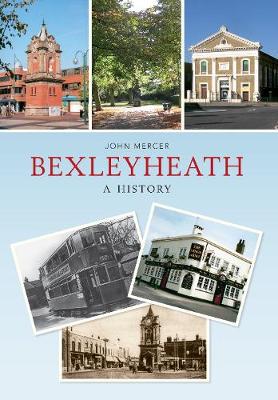A History
2 total works
Foots Cray dates back to the Domesday Book, taking its name from the Saxon landowner and the River Cray. From it Sidcup grew, from a tiny hamlet into a residential suburb of south-east London, ultimately dwarfing Foots Cray. Foots Cray lay on the London to Maidstone road, which joined London to Dover. By the eighteenth century there were several stately homes, convenient country estates for politicians with London town houses; nobles like Earl Sydney, Lord Castlereagh and Lord Bexley. Footprints of their estates remain as parks. The coming of the railway in 1865 led to the further growth of Sidcup, a largely middle-class area linked to Chislehurst, and only separated from it by the creation of the London Borough of Bexley, which moved it into the new Borough, much to the aggravation of many residents. Pevsner called Sidcup the 'ultra montes' of Chislehurst. It is no longer. In this full-colour illustrated book, John Mercer explores the history of the area, as well as the main events and characters in its past.
Until Bexleyheath was enclosed in the nineteenth century, it was a wild area,the haunt of footpads and highwaymen. The development of textile printing by Charles Swaisland in Crayford drew workers to the area. Enclosure brought permanent homes, and more prosperous residents moved in, some creating landmarks like Red House, home to artist William Morris. The inexorable growth of London made Bexleyheath a desirable place for commuters to live, and eventually London swamped the district entirely and Bexley became a London Borough. John Mercer traces the rags-to-riches story of Bexleyheath from its emergence in the early nineteenth century to the present day. Through a focus on the specific events, locations and inhabitants that have been integral to the town's development, he creates a detailed picture of the growth of the area and its rise to municipal importance as one of thirty-five major centres in Greater London.

